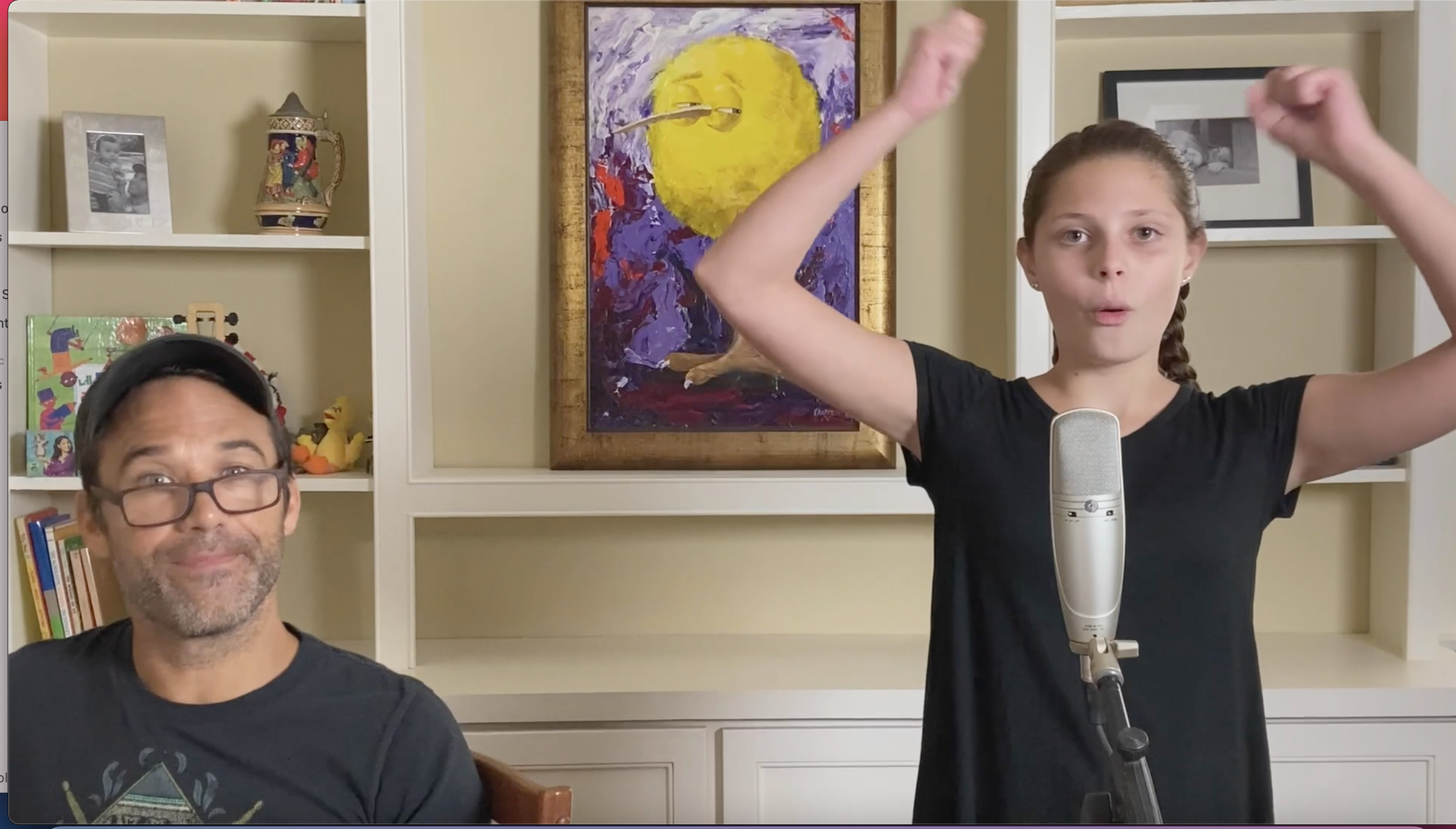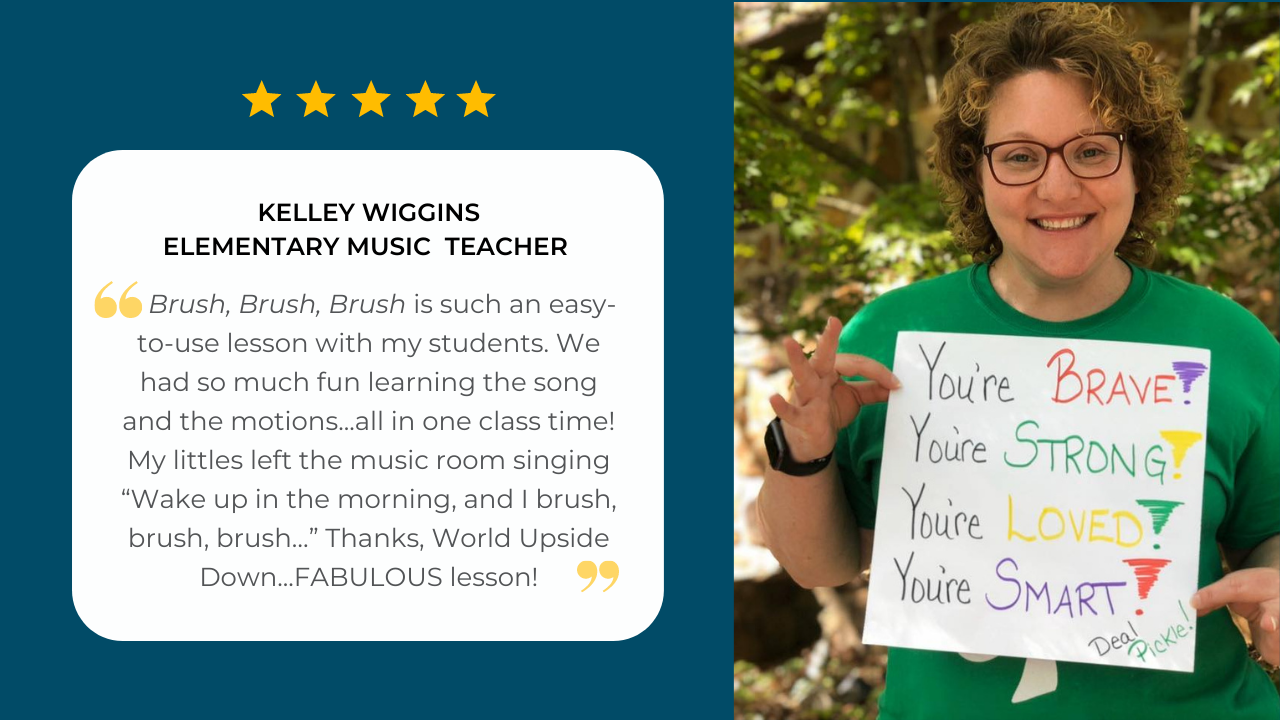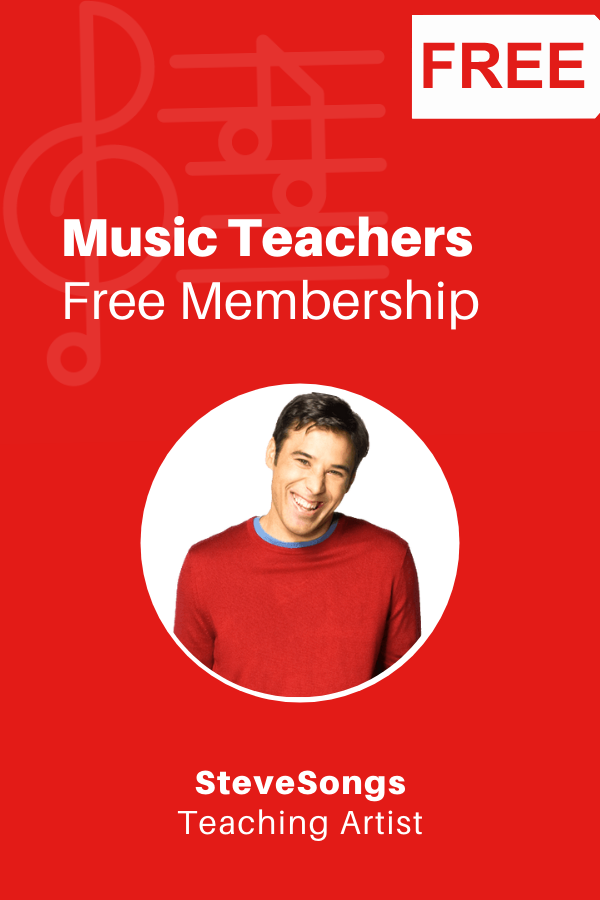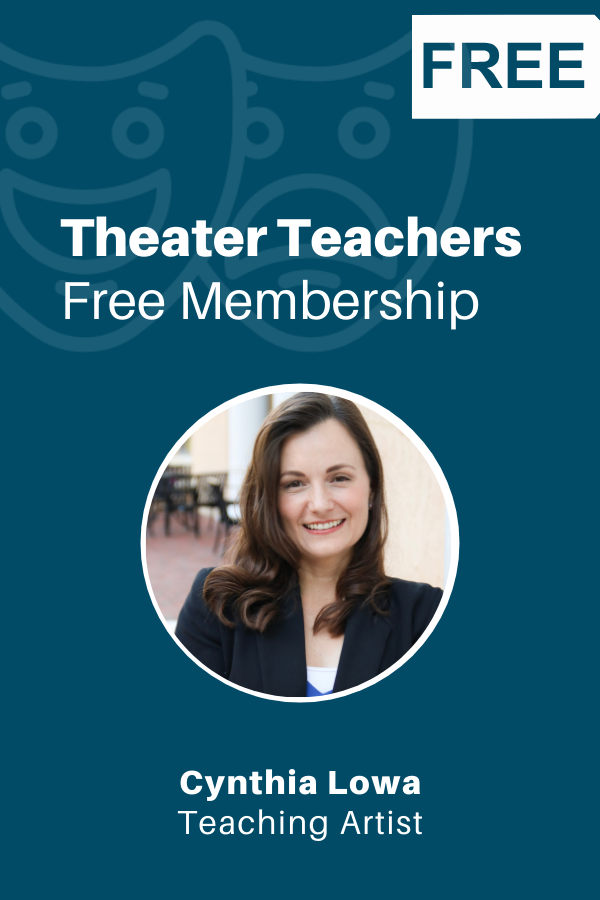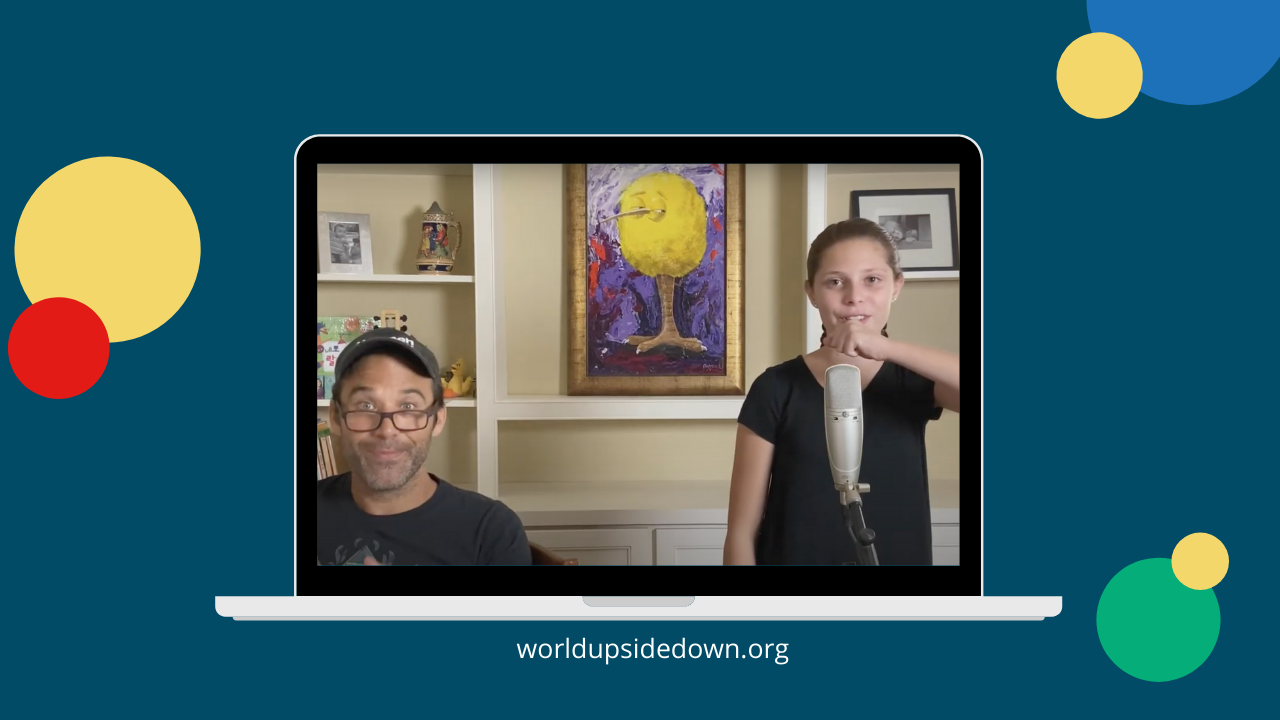
Are you tired of scouring the internet for song games for kids for your elementary classroom? Would you like to access elementary music class songs at the click of a button? And what if those songs came with music activities designed for your elementary students like song games which teach your students how to engage their audience?
Sign up today for a free elementary music lesson plan with a song game, and all of these amazing goodies:
- Monthly releases of new music curriculum by PBS Kids celebrity SteveSongs
- Virtual class visits with SteveSongs
- Virtual competitions (win the chance to be included in a remix of one of SteveSong’s videos)
- Focus groups (get compensated for your feedback)
- On-demand professional development training
Meet PBS Kids celebrity SteveSongs: the maestro of song games for kids
If you don’t know who SteveSongs is, think back to popular PBS Kids shows like Curious George and Clifford the Big Red Dog….more on that in a minute. Let’s start from the beginning.
Steve Roslonek of SteveSongs has been writing and performing his award-winning music for kids and families for the past fifteen years. He blends participatory songs, clever stories, and great melodies to create what the Boston Globe called “not just a musical journey but an entertaining, interactive and educational one.”
In May 2008, Steve took on the exciting new role of “Mr. Steve,” co-host of the PBS KIDS preschool destination that features the popular shows Curious George, Clifford the Big Red Dog, Super Why, The Cat in the Hat Knows a Lot About That and Peg + Cat. Steve performs original interactive songs that reinforce the day’s curriculum theme. Steve recently released his latest CD Orangutan Van (2014) which can be heard regularly on Sirius XM Radio.
SteveSongs makes curriculum kits with song games for kids
In 2020, SteveSongs partnered with Joanna Puello from World Upside Down to create elementary music songs videos and curriculum units including his song game in Brush, Brush, Brush. Let’s hear about it from Steve himself.
PBS Kids celebrity SteveSongs uses a song game for kids to show elementary students how to engage with their audience. He walks students through the performance process step-by-step so they can lead a live performance like a boss!
Song games for kids with SteveSongs teach students how to engage an audience
Check out the video component of these elementary music lesson plans. The transcript to the video is listed below. Sign up for our elementary music membership to use it for free!
It might be easy to think of a performance as a one-way type of interaction where the singers or the dancers are doing all the stuff, and the audience members are not doing anything at all when in reality the performers and the audience members at the same time are experiencing this thing called the performance. And as a performers sometimes the way that we engage our audience, or the way that we connect with them, can be just as important as how well we sing or what moves we do on stage.
Ways to engage our audience
Now there are many different ways that we can engage our audience. There’s one very direct method that’s called audience participation, and that’s where we get the audience to be a part of the actual performance. We’re gonna be talking about that today in A Minute on Music. I’ll teach you how to play a game with the audience. I like to use my song Brush, Brush, Brush to do this. So I’m going to show you how to use that song to play the Brush, Brush, Brush game and how to invite your audience to play along. You will learn the steps and then have a chance to practice in the end.
Step 1: Let’s engage the audience with a question.
Start by asking your audience this question…
“Hello does anybody here like to play games?”
Next you can raise your hand to indicate to the audience that if they do like to play games they should raise their hand. Then will take a moment to look around…and when we notice that some of them are raising their hands, we can say,
“Great! Then we have the perfect song for you!”
Now that seems to me like a very engaging way to introduce a song.
Step 2: Let’s tell the audience what’s going to happen.
After you ask your audience the question, you can proceed like this…
“This next song is not just a song. It’s also a game. It’s called Brush, Brush, Brush, and we’d like to play it with you! First, we have to teach you the song so get your hands and voices ready and repeat after the soloist.”
Step 3: The soloist or soloists teach the song, one line at a time.
The music teacher can give the starting note or phrase. Then the teacher plays the starting note and sings.
“Wake up in the morning, and I brush, brush, brush.”
Again, this is done one line at a time.
Step 4: Chorus and repeat
So when the soloist is done singing that line, we want the rest of the chorus to repeat the singing and the hand motions. This will help the audience to know when and how to repeat. Let’s give it a try. Teagan will be the soloist, and little Steve will be the audience. It will sound something like this.
“Wake up in the morning, and I brush, brush, brush. Wake up in the morning, and I brush, brush, brush.”
Then we can repeat that process for each line of the chorus until the audience knows all of the lines. So when we get to that final line, I get to go to school today, then we’re ready to put the whole thing together which brings us to step 5.
Step 5: Sing the whole chorus.
Alright, let’s put the whole thing together now.
“Wake up in the morning, and I brush, brush, brush. Comb my hair and eat my mush. Blow a kiss, and I’m on my way. I get to go to school today.”
Alright, now we’re ready for the game! Woo hoo! But we’re not ready to play yet. Remember, we the performers are running the show. So it’s important that we explain the game, and we do so in a clear way so that the audience knows exactly what we want them to do.
Step 6: Explain the game.
Now we’re ready for the game. Here’s how it works. We’re going to take out some of the words. This is what you can say to your audience.
“First, we’re going to take out “brush, brush, brush” so we’re going to sing all of the words except _____.”
Step 7: Play the game.
Alright, as Teagan explained, in this first round, we want to take out the words “brush, brush, brush.” Let’s give it a practice right now. So get your hands and ready, and it will look and sound something like this.
“Wake up in the morning, and I _______. Comb my hair and eat my mush. Blow a kiss, and I’m on my way. I get to go to school today.”
How’d that go? Good? Great! Alright.
Make the game harder
For the next round, we want to make it harder, so we’re going to take out some more words, and we can do that in one of two ways. The first way is that we can decide ahead of time that for round 2, we’ll always take out the same phrase. For instance, we can take out the phrase, “eat my mush”. Then we can explain to the audience that this time through we will not sing ____ and we will still not sing ____. The other we can take out words is we can ask the audience for a suggestion. Oooh, more audience participation. Yes! So after the first round, we can say,
“Does anyone here have an idea of other words that we could take out from the song?”
When someone raises their hand, we can call on them and whatever phrase they say will be the next words that we take out from the song. For instance…
Singer: Yes, you, sir.
Audience member: I get to go to school today.
Singer: Sure, we can do that. So this time through, we’ll take out the words I get to go to school today. And we’ll still not sing ____ (brush, brush, brush)
Let’s give it a shot!
“Wake up in the morning, and I _____. Comb my hair and eat my mush. Blow a kiss, and I’m on my way.”
Sing a number of rounds
We can continue on round after round, taking out more words until we decide to take out all of the words. That will be the last round where we won’t sing any of the words but will do all of the hand motions. Once we get done with that round, we’ll go right into singing the bridge of the song. When we finish the bridge, we’ll go into singing the final chorus. For the final chorus, we’ll bring back all of the words. We’ll still be doing the hand motions, and we’ll encourage the audience to sing along with us. It’s a great way to end the song and end the game.
So now you know how to play Brush, Brush, Brush with your audience, be sure to practice, practice, practice it. And when you’re ready, take it to the performance, and it will help you take your performance to the next level. Thanks for watching, and we’ll see you next time on A Minute on Music.
Sign up for elementary music lesson plans with song games for kids
Join our membership today to get free access to the Brush, Brush, Brush unit and new magical elementary music curriculum kits created by SteveSongs each month!
Teacher Testimonials
Some of our elementary music teachers struggled knowing how to use the Brush, Brush, Brush song with their upper elementary students, but elementary music teacher Kelley Wiggins took up the song game challenge with her uppers and had amazing success!
Elementary Music Teacher Testimonial: Kelley Wiggins
Kelley Wiggins integrated the Brush, Brush, Brush unit into all of her K-5 classes. She used the performance and practice videos for all of her students and the song game for her upper elementary students. Then she used the Minute on Music: Audience Engagement video for her upper elementary students so they could perform the song game for the lower elementary students and teach them how to play the game.
Song games for kids and other tech tools
Our elementary music curriculum kits also include a variety of digital music activities for kids. Become a member to get access for free!
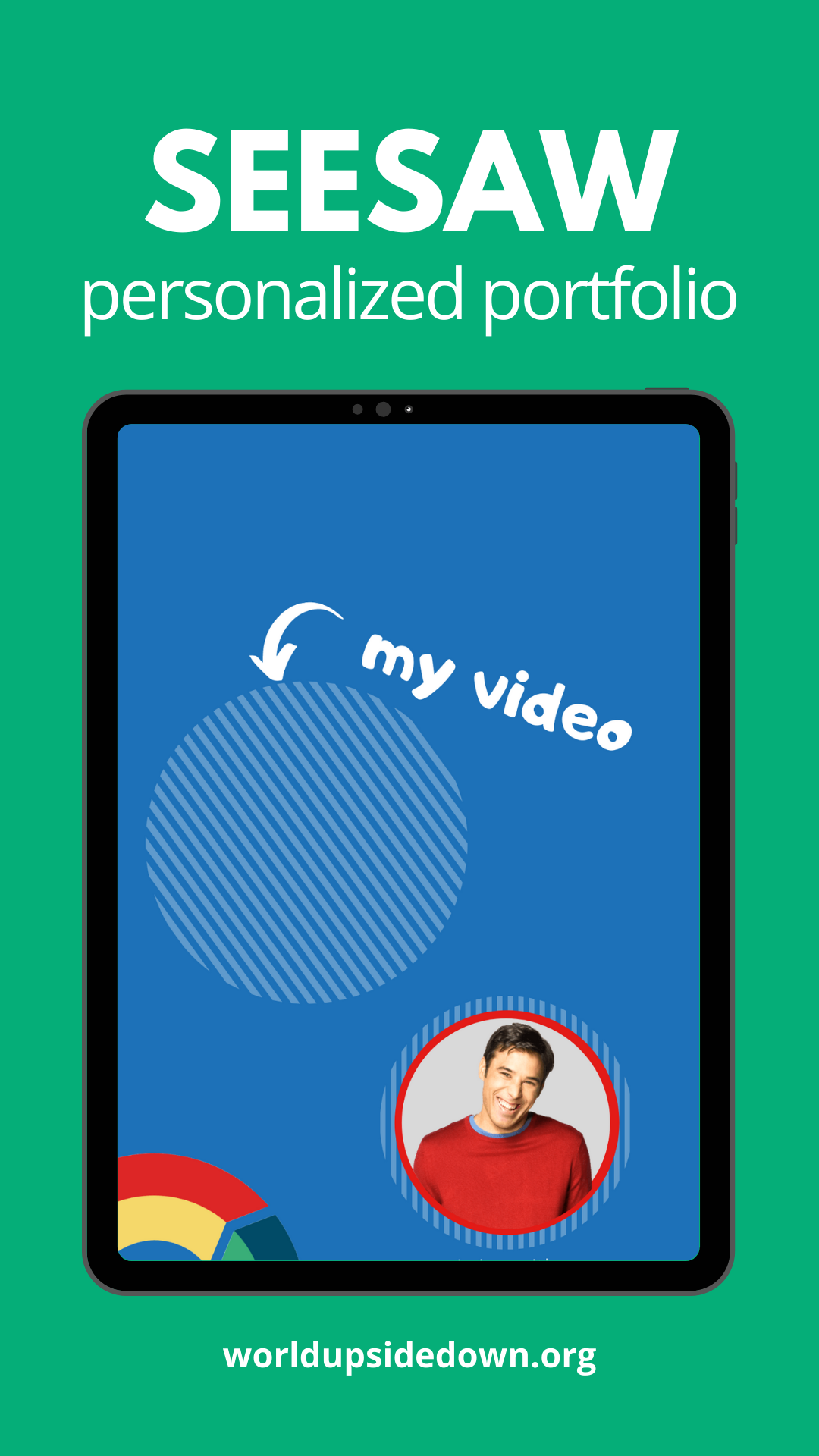
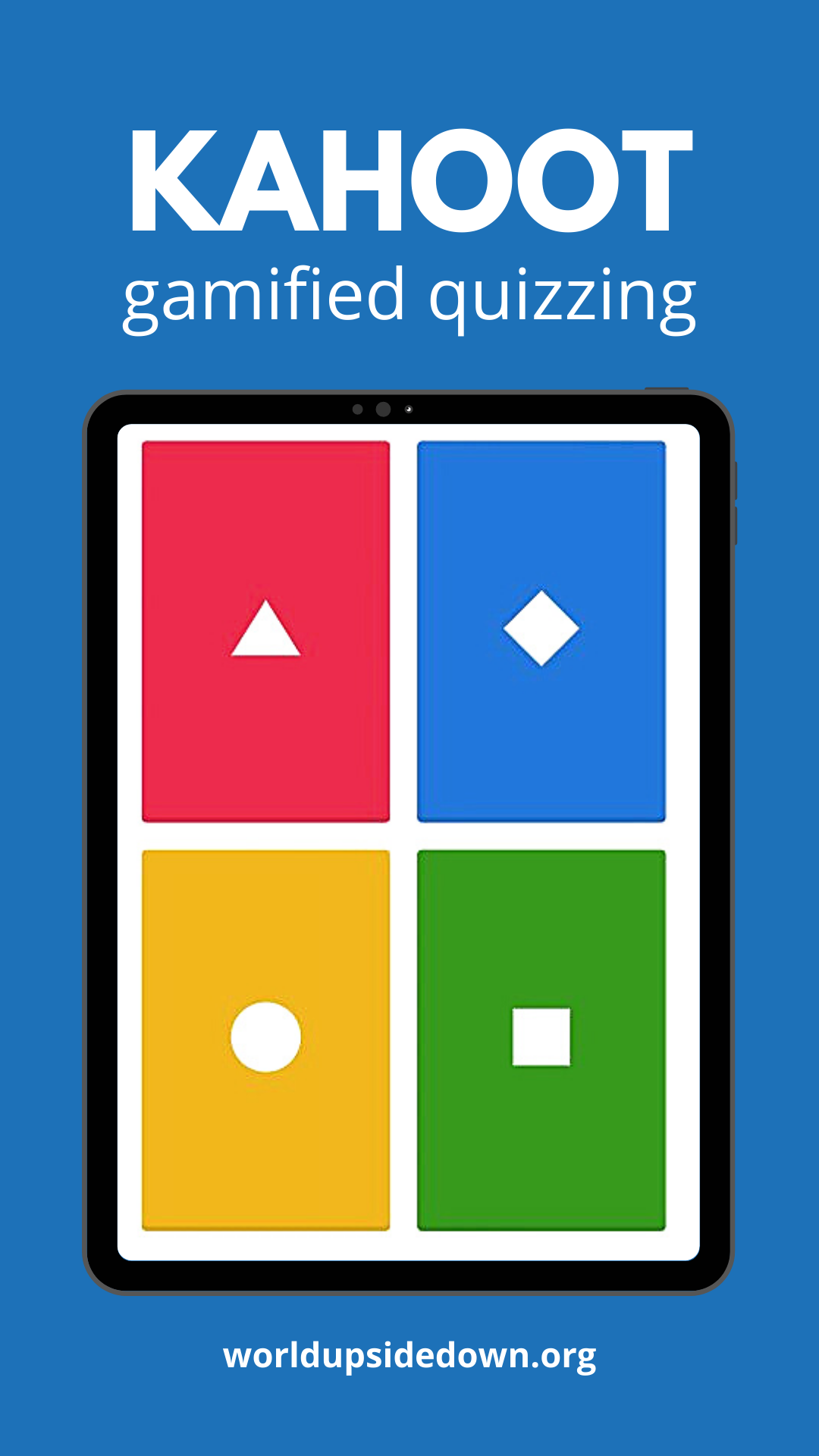
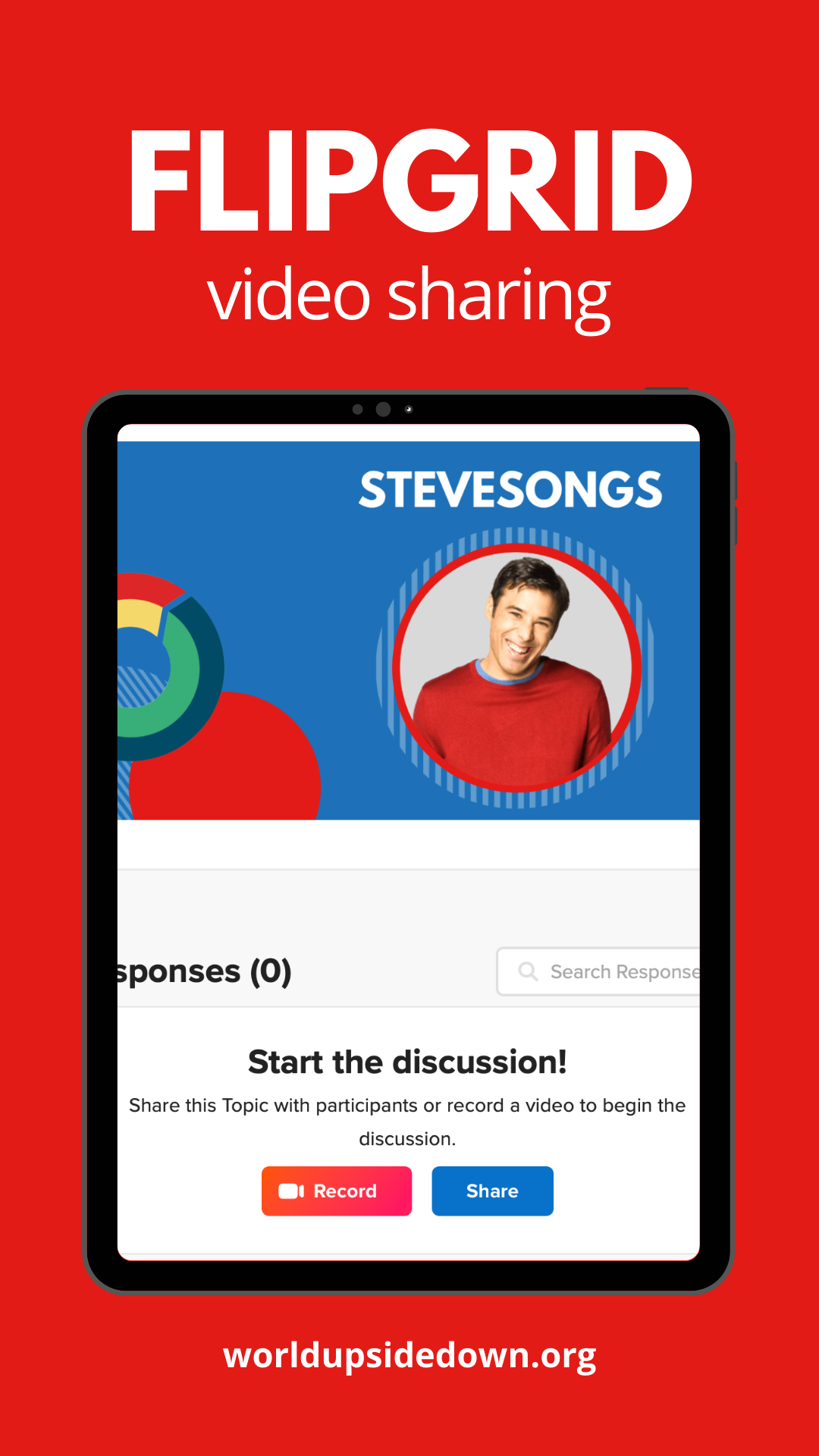
Elementary music songs suggestions for your classroom
Check out some more elementary music songs suggestions by elementary music and classroom teachers!
The Top 100 Songs Every Child Should Know
Ideas for Upper Elementary Music
Top 5 Welcome Songs for Pre-K Through 2nd
And if you’re looking for amazing tips on how to write a blog article for teachers like a boss, check out


